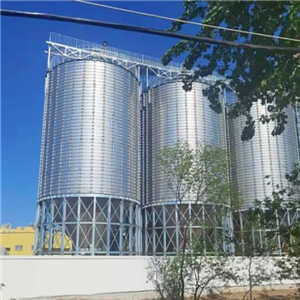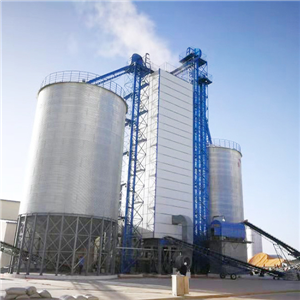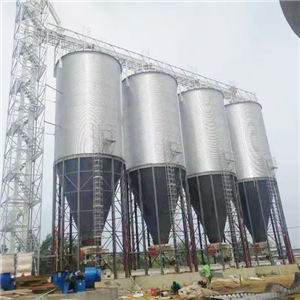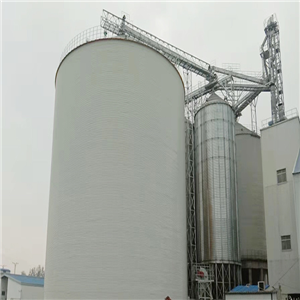These Interesting Facts About Rice Will Surprise You
23-09-2025
"Food is the paramount necessity of the people," and rice is undoubtedly a staple food that many of us can’t live without. A bowl of fragrant white rice paired with home-cooked dishes is the simplest form of happiness. But did you know there are many little-known facts about rice behind the bowl you eat every day? It’s not just "white rice"—its growth process is quite "particular," and even improper storage can ruin its taste. Today, let’s talk about all things related to rice.
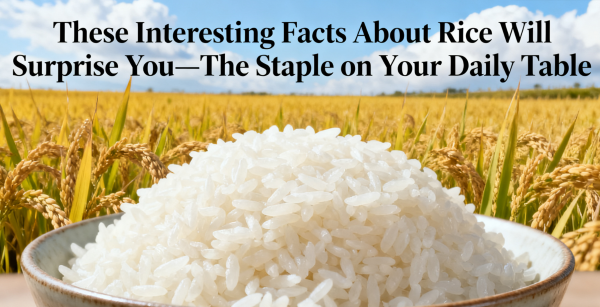
Rice Isn’t Just "White Rice"—Different Varieties Have Totally Different Tastes
When people think of rice, the first thing that comes to mind is usually the white rice we cook. But the rice family has many varieties, and the taste and flavor of cooked rice vary greatly depending on the type.
Take indica rice, which we often eat. Its grains are long and slender, and when cooked, the rice is separate and slightly firm. It’s perfect for fried rice or pairing with richly flavored dishes, as it doesn’t stick together easily. People in many southern regions tend to prefer this type. Then there’s japonica rice—its grains are short and plump. When cooked, it’s soft, glutinous, and sweet, with a faint rice aroma when chewed. It’s great to eat on its own, and most Northeast Chinese rice and pearl rice fall into this category.
In addition, glutinous rice—which more and more people love—is also a type of rice. When cooked, its grains are extremely sticky, making it ideal for traditional snacks like zongzi (glutinous rice dumplings), rice cakes, and tangyuan (glutinous rice balls). However, it’s important to note that glutinous rice is relatively hard to digest, so don’t eat too much at once. Beyond these common types, there’s also black rice (which cooks into purple rice) and fragrant rice (with a natural aroma). Each has its own unique features, catering to different taste preferences.
Rice Growth Is "Delicate"—It Needs to Get Through Multiple Stages to Be Harvested
From seed to the table, a bowl of rice goes through a long process. What’s more, rice growth is quite "delicate"—it can’t thrive without water, sunlight, and careful care.
First, rice starts as seeds. Farmers usually soak the seeds first to wake them up, then sow them in a small "nursery field" to let them grow into young seedlings (this stage is called "raising seedlings"). When the seedlings are about 30 days old, they’re pulled out and transplanted one by one into the main paddy field—this is the "transplanting" work that many people have seen in rural areas.
Once transplanted, rice needs constant water. Paddy fields are usually filled with a thin layer of water, which keeps the soil moist and helps the seedlings take root. But it’s not just about water—rice also needs plenty of sunlight. If there’s too much rain and not enough sun during the growth period, the rice ears won’t fill out well, leading to fewer grains. Later, when the rice ears turn golden and the grains become plump, it’s time for harvest. From sowing to harvesting, the whole process takes about 3 to 5 months—no wonder people say "every grain of rice comes from hard work."
How to Keep Rice Fresh? Small Storage Tips Matter
After harvesting, rice (whether as paddy or processed white rice) needs proper storage to stay fresh. If stored poorly, it can easily go moldy, attract insects, or lose its flavor.
For ordinary families, storing white rice is relatively simple: put the rice in a sealed container (like a ceramic jar or a special rice storage box) and place it in a cool, dry place away from direct sunlight. Don’t put it near the stove or sink, as the heat and moisture there can make the rice go bad faster. If you buy a large amount of rice, you can put a few cloves of garlic or a small bag of dried chili in the container—this helps repel rice weevils naturally.
For large-scale storage of paddy (like in farms or grain depots), it’s more complicated. High temperature and humidity are the biggest enemies—they can make the paddy heat up and mold. So, professional storage equipment and technology are needed to control the temperature and moisture, ensuring the paddy stays in good condition until it’s processed into white rice.
Liaoning Qiushi: Professional Solutions to Safeguard Rice Quality
When it comes to large-scale rice storage (such as for farms, grain depots, or rice processing plants), professional technology is key to preventing losses and maintaining quality. As a leading enterprise in grain storage solutions, Liaoning Qiushi Silo Equipment Engineering Co., Ltd. (Liaoning Qiushi for short) provides customized services for rice storage needs.
For the high temperature and humidity in southern regions, Liaoning Qiushi has developed "moisture-proof intelligent rice silos," which use double-layer insulated silo bodies and intelligent dehumidification systems to keep the relative humidity inside the silo below 65%, preventing rice from absorbing moisture and getting damp. For large grain depots that need efficient storage, the company’s "Smart Grain Condition Management System" enables real-time monitoring of multiple silos and automatic alerts. Combined with high-capacity loading and unloading equipment, it shortens the time for storing large quantities of rice, greatly improving storage efficiency.
In addition, Liaoning Qiushi’s nitrogen-controlled atmosphere storage technology ensures that rice remains free from pests and mold without chemical fumigation, while preserving its freshness and taste. If you want to learn more about Liaoning Qiushi’s rice storage solutions or discuss cooperation, you can visit the official website at www.qssilo.com or contact the team via email at sales@qssilo.com.

